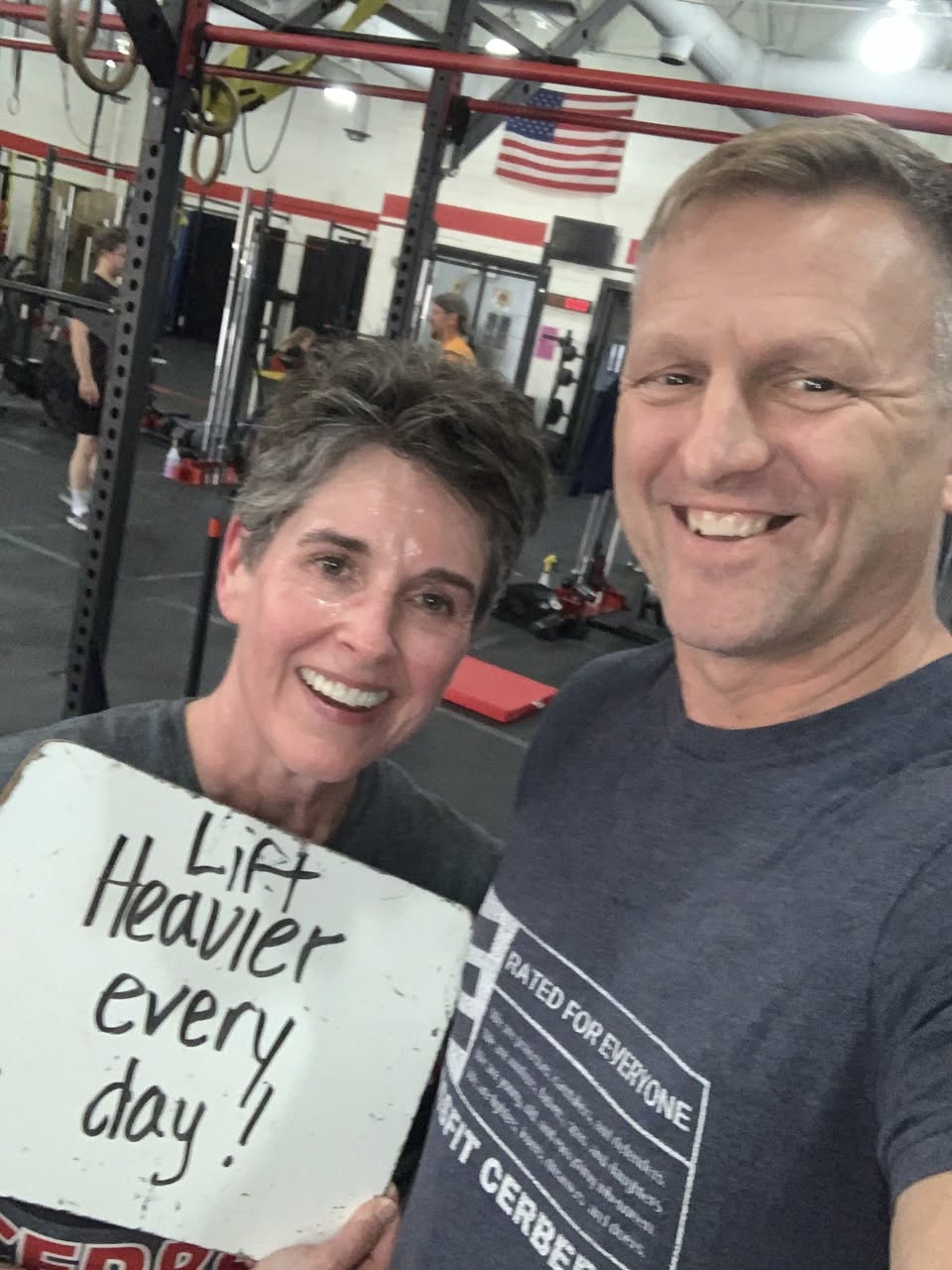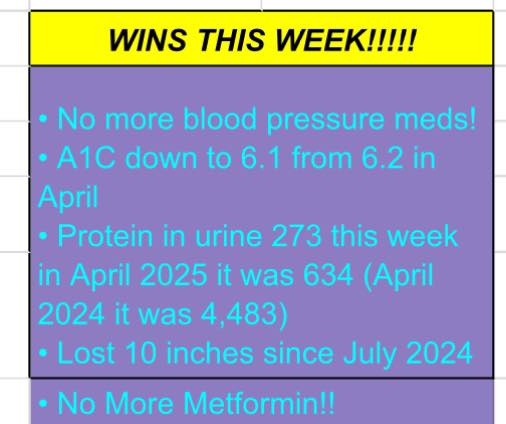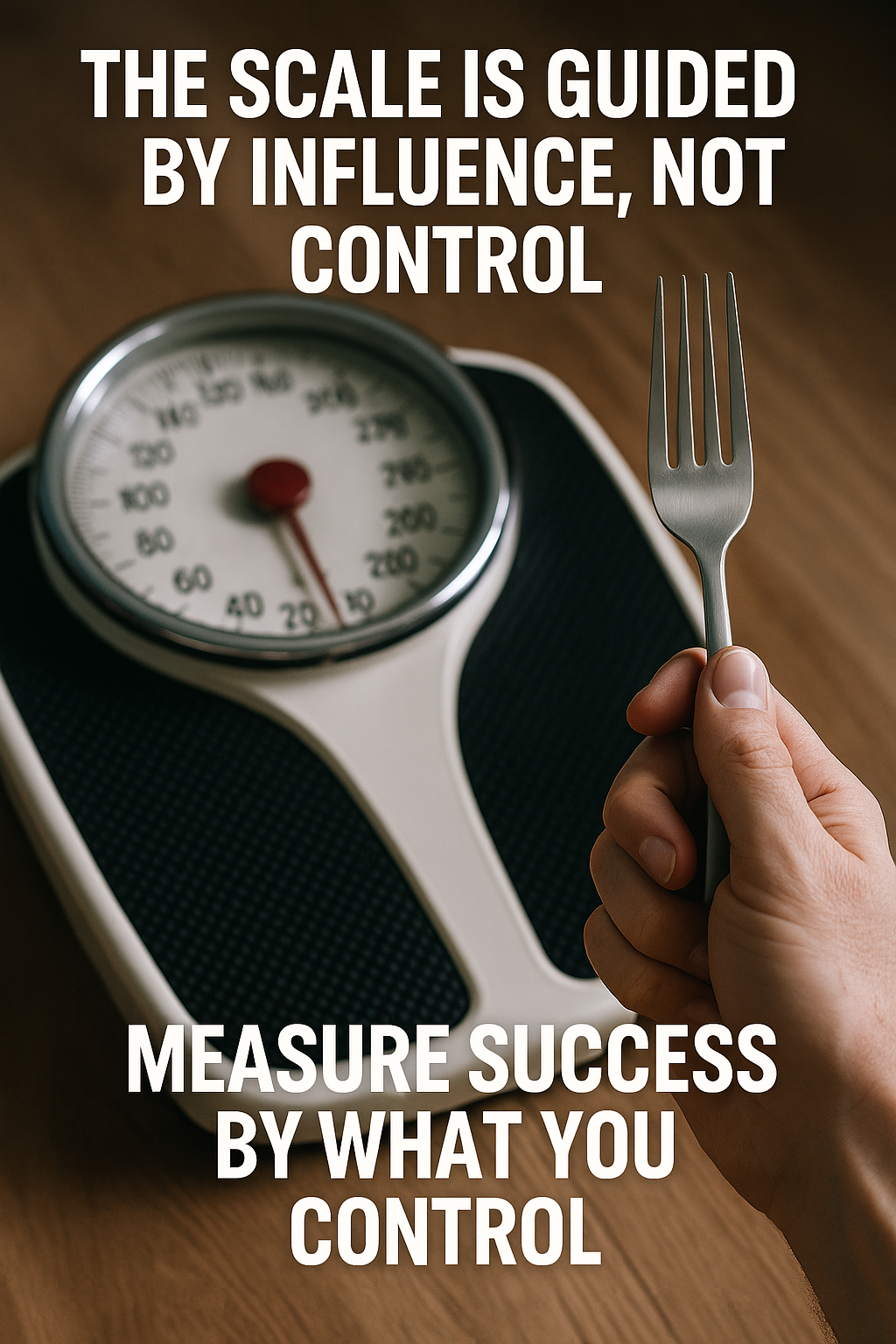Stop hoping you're losing fat and start making sure
GLP-1 medications like Ozempic and Mounjaro can lead to rapid and meaningful weight loss.
But here's the hard truth:
That number on the scale doesn’t tell you what you’re losing.
Are you losing fat?
Muscle?
Water?
Bone density?
If you're not taking specific, proactive steps to protect your muscle, the answer might not be what you’re hoping for.
What the Scale Actually Measures
Yes the scale is factual. It reflects what your body is doing. But it doesn’t just measure fat.
The scale captures:
- Lean muscle mass
- Fat tissue
- Water weight (inflammation, hydration)
- Bone mineral content
- Glycogen stores
- Hormonal fluctuations
So here’s the question:
When the scale goes down, why do we assume it’s fat loss?
And when it goes up, why do we fear it’s fat gain?
The truth is: most people just hope it’s fat loss.
But hope is not a strategy especially when you're doing nothing to protect your muscle.
Why Muscle Is the First to Go (If You Don’t Protect It)
Muscle is metabolically expensive tissue.
It requires more energy (calories) to maintain than fat.
So when you're eating significantly less, especially if appetite is suppressed by GLP-1s, your body tries to conserve energy by breaking down muscle first.
That leads to:
- A drop in metabolism
- Weaker joints and bones
- Lower daily calorie burn
- Greater fatigue and fragility over time
Without strength training and adequate protein, you risk losing muscle instead of fat—even while on the "right" medication.
And once you lose muscle, it becomes even harder to keep the weight off long-term.
How Strength Training Helps You Preserve Lean Mass
Multiple studies show that resistance training preserves muscle mass during calorie restriction or weight loss, even in older adults and beginners.
According to the American College of Sports Medicine (ACSM) and American Diabetes Association:
- Adults should strength train 2–3 times per week to maintain muscle, bone density, and insulin sensitivity.
- Resistance training combined with GLP-1 therapy is more effective at improving body composition than medication alone.
Barbell lifts, dumbbells, kettlebell movements, and functional resistance work stimulate muscle to stay, grow, and support your metabolism, especially when paired with protein and recovery.
This Is the Most Important Time to Be Proactive
You’ve been given a rare window of opportunity.
GLP-1s have taken food noise off the table. Now is the moment to:
- Build the body that will carry you forward
- Protect your metabolism
- Avoid muscle wasting
- Feel strong, energetic, and confident again
This isn’t the time to shrink into less of yourself.
It’s the time to build more strength, more capability, and more life.
Cerberus Essentials: Start Strong, Stay Strong
At CrossFit Cerberus, we’ve created an entire class track designed to help you protect your muscle, even if you’re starting from zero.
Here’s how we help:
🔸 Essentials Class
For anyone new to strength training. We teach the fundamentals of barbell, dumbbell, and kettlebell movements in a supportive, step-by-step environment.
🔸 Prehab and Mobility Coaching
We teach proactive flexibility and stability work to help prevent injuries, fix muscle imbalances, and keep you moving pain-free.
🔸 Progressive Strength Programs
From your first squat to your first loaded deadlift, we build your plan around your current level, goals, and health needs.
Because this isn’t about lifting the heaviest bar, it’s about lifting your life back into motion.
Ready to Make Sure It’s Fat You’re Losing—Not Muscle?
If you're on Ozempic, Mounjaro, or any GLP-1, and you're not strength training yet, this is your wake-up call.
👇
Schedule Your Free Intro Call
Let’s talk about where you're starting from and how we can help you stay strong, stay healthy, and build a body that supports your future.
You don’t need to do this alone.
But you do need a plan.
Let’s build one that works, for you and your body.





.png)
.png)

